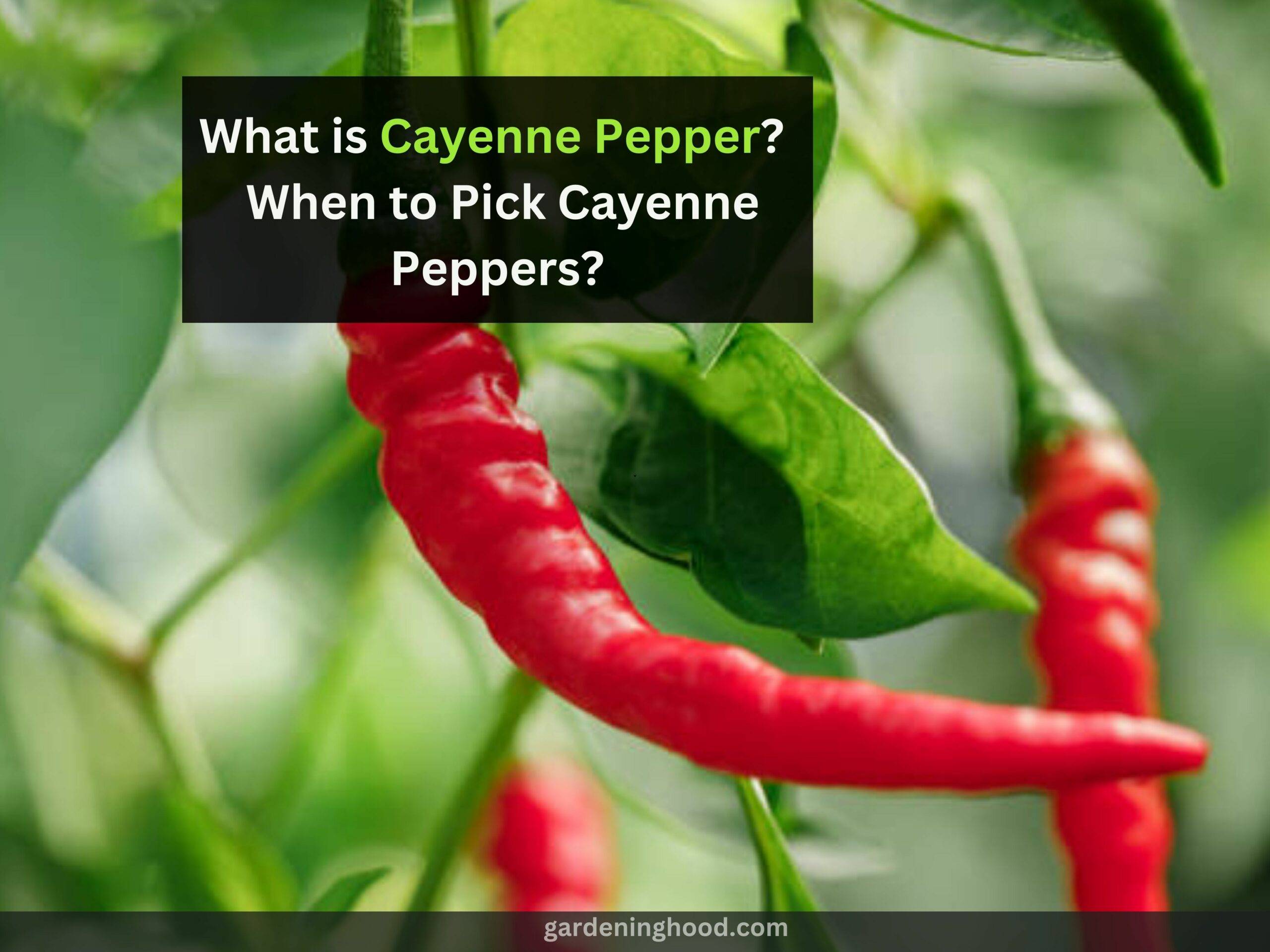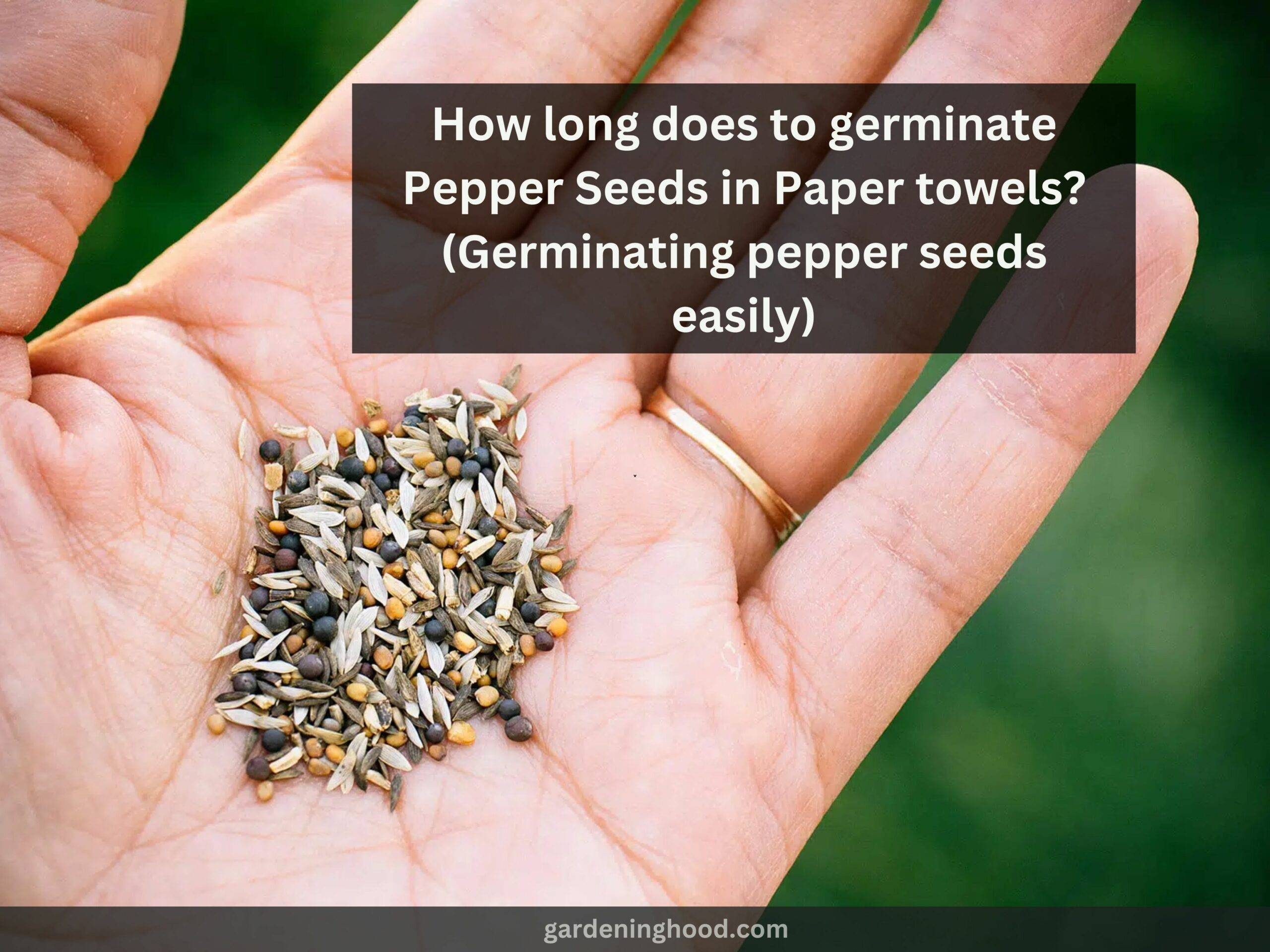Ornamental Pepper Plants
What are ornamental pepper plants? Peppers that have been developed for culinary purposes generate more edible fruit. The care of ornamental peppers is simple, and you may expect fruits from mid-spring to late fall. The combination of bushy, soft green foliage and colorful fruit that grows in erect clusters at the ends of the stems makes for a decoration.
Key takeaways:
- The peppers come in a variety of color variations, including red, purple, yellow, orange, black, and white, and they change their color when they ripen, so you may see many colors on the same plant.
- Plant them in pots to enjoy on sunny decks and patios, or build foundations for other plants in the garden.
Ornamental Pepper facts:
| GENUS NAME | Capsicum annuum |
| COMMON NAME | Ornamental Pepper |
| PLANT TYPE | Annual |
| LIGHT | Sun |
| HEIGHT | 6 to 12 inches |
| WIDTH | 6 to 12 inches |
| FLOWER COLOR | Pink, Purple, White |
| FOLIAGE COLOR | Blue/Green, Purple/Burgundy |
| SEASON FEATURES | Fall Bloom, Summer Bloom |
| SPECIAL FEATURES | Good for Containers, Low Maintenance |
| PROPAGATION | Seed |
Ornamental Pepper Plants
Ornamental peppers can be cultivated for a long time. However, they are commonly grown to be kept for years. They can be cultivated outside and indoors.
Can we eat Ornamental Pepper Plants?
Though they are usually produced for their appealing color and ornamental attributes, not for their flavour, which you might find disappointing, decorative peppers are safe to eat. However, be aware that the maximum species of these plants are far too spicy.
Peppers that have been developed for culinary purposes generate more edible fruit. The leaves, on the other hand, are poisonous to people and too many animals.
Growing the Ornamental Pepper Plants
Indoors, it is better to start growing ornamental peppers after knowing how deep to plant them in small personal pots filled with seed starting mix or potting soil. Bury the seeds at a depth of 14 to 12 inches (6 mm to 1 cm). Seeds take one to two weeks to germinate, and seedlings need six to eight weeks to reach the size perfect for transplantation.
If you’ve placed the seedlings in seed starting media, start feeding them half-strength liquid fertilizer at two-week intervals around 21 days after the plants germinate. The medium effectively regulates water and helps the plant in avoiding diseases caused by a fungus, like drying off, but it lacks the nutrients that the plants need to thrive. Good potting soils include enough nutrients to keep the plant alive until it is ready to be transplanted.
Plant the seedlings in a part of the garden that is sunny and has biologically rich and well-drained soil. Plants should be spaced 12 inches (30+ cm) apart or see the seed packaging or plant tag. Use 6- to 8-inch (15- to 20-cm.) pots filled with high-quality gardening soil if you wish to grow your decorative peppers in the pots.
Growing
You need to check if the frost has gone before planting outside. Minimum overnight temperatures should be 16 degrees Celsius, with a soil temperature of 21 degrees Celsius.
Decorative peppers can be cultivated in vegetable gardens, flower beds, and ornamental borders, among other places. They’re also great for containers because of their modest size and vibrant colours.
Work some organic stuff into the soil before planting. Dig holes deep enough for plants would be at the same level as they were in their pots. After planting, make sure to water thoroughly. Mulch all around plants to help maintain moisture and keep weeds at bay.
Caring for the Ornamental Pepper Plants
The ornamental Pepper Plants are easy to care for and can be handled easily as they require comparatively less maintenance than other plants of the same type.
- When it rains less than an inch (2.5 cm) in a week, water the plants.
- When the first fruits develop, treat them with the general-purpose fertilizer, and then again approximately six weeks later.
- Growing decorative peppers in pots allows you to get up and personalize with vibrant fruit like Jalapeno Peppers are grown in pots. Use a liquid houseplant fertilizer or a houseplant fertilizer that reacts slowly and keeps the potting soil equally wet.
For more such plant related-articles, you may also read, Okra Flowers – How to save them from falling? – Care and Growth Tips for Okra Plants
Light
A good amount of sunlight must be provided for the ornamental peppers to produce blooms and bright fruit. If you’re growing these plants indoors, you’ll need to supplement the plants with artificial lighting to ensure healthy growth and fruiting.
Soil
Use rich, loamy soil to grow your decorative peppers. Manure also helps in improving the tilth. Moreover, they add nutrients to make the plants healthier. If your soil contains thick clay, grow your peppers in slightly elevated beds to provide enough drainage.
Any all-purpose planting mix will suffice for growing decorative peppers in containers till the time they have appropriate drainage.
Water
Ornamental peppers don’t like it when it’s too dry or even when it’s too wet. Water anytime the soil’s top feels dry, aiming for a wrung-out sponge-like moisture level. The amount of water that you use should not exceed more than 1 inch every week.
Humidity and Temperature
You can cultivate decorative peppers if you really can grow tomatoes. Both are Solanaceae plants that thrive in complete sunlight and even can withstand hot temperatures. Temperatures of at least 75 degrees Fahrenheit promote fast development. Planting peppers in chilly soil may result in limited growth during the whole growing season. Till the time the roots are kept wet, humidity has little role in growth.
Types of Ornamental Peppers:
There are few types of ornamental peppers that will bring bright and cheerfulness to your garden:
‘Chilly Chili’:
These peppers do have long yellow and red peppers. The peppers are used to grow from the tops of the plants and grow like fingers.
‘Black Pearl’:
They have black foliage and clusters of black pearl-like, shiny peppers. These types of peppers are heat tolerant and are used to grow in pyramid shape.
‘Prairie Fire‘:
These are ornamental peppers that are used to grow upto 6 to 12 inches tall. The peppers are used to form the top of the stem. With maturing it changes color from yellow to orange and at last red and turns to purple when it gets fully matured.
‘Aurora’:
These are peppers that grow from green to purple to orange and red to the color of chilies.
‘Medusa’:
They are used to grow mild chilies but they are considered safe for the child to grow. The peppers are used to grow in ivory, yellow, and bright orange colors which look like the snake hair of Medusa.
‘Joker’:
They come under small ornamental peppers that you can easily grow in houseplants and also outdoors. They are used to grow upto 5 to 12 inches in height and width having different colors of pepper like red, yellow, and ivory.
‘Bolivian Rainbow’:
These are peppers that tend to produce very spicy peppers that look similar to colorful little Christmas light bulbs.
‘Sangria’:
These are peppers that have trailing habits which make them attractive when they are planted over the hanging basket.
‘NuMex Easter’:
They are peppers which grow in pastel peppers and dark green leaves.
Fertilizer
Ornamental peppers are medium feeders that only need a consistent source of nutrients to keep up with their blooming and fruiting. Fruit and bloom development will be aided by a 5-10-10 fertilizer that has more phosphate and potassium than nitrogen. Fertilize the plants twice: first when you can see the fruit for the very first time, and then again around six weeks later.
About the Article
The care of ornamental peppers is simple, and you may expect fruits from mid-spring to late fall. The combination of bushy, soft green foliage and colorful fruit that grows in erect clusters at the ends of the stems makes a good decoration. In this article, we discussed Ornamental Pepper Plants and how to grow and care for them just like Ficus Elastica Tineke plant. We also briefed about the edibility of the Ornamental Pepper Plants.


